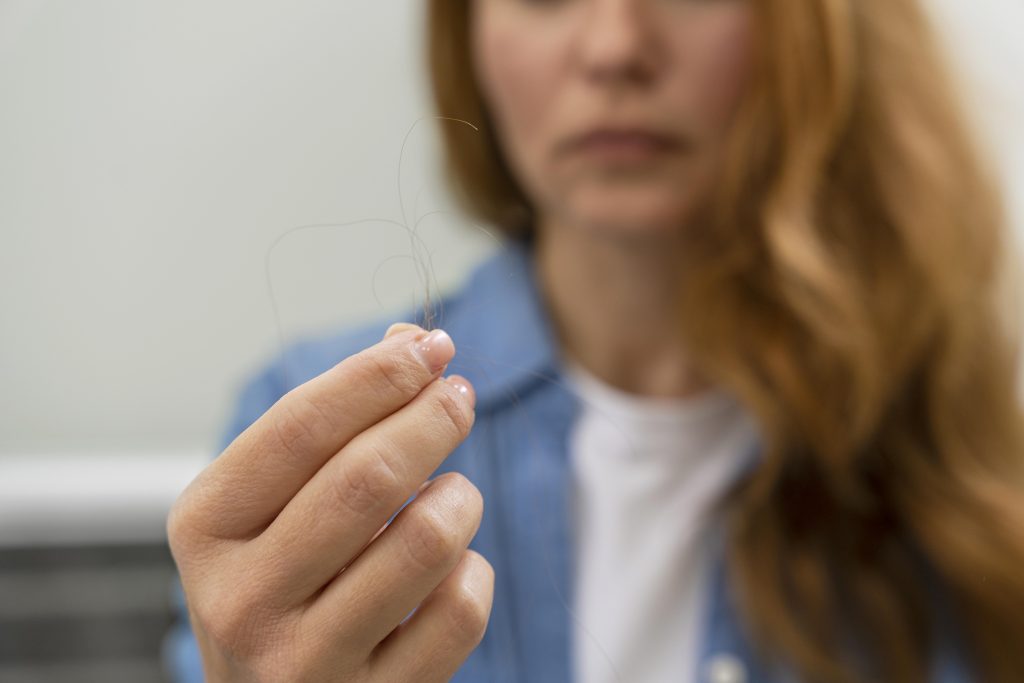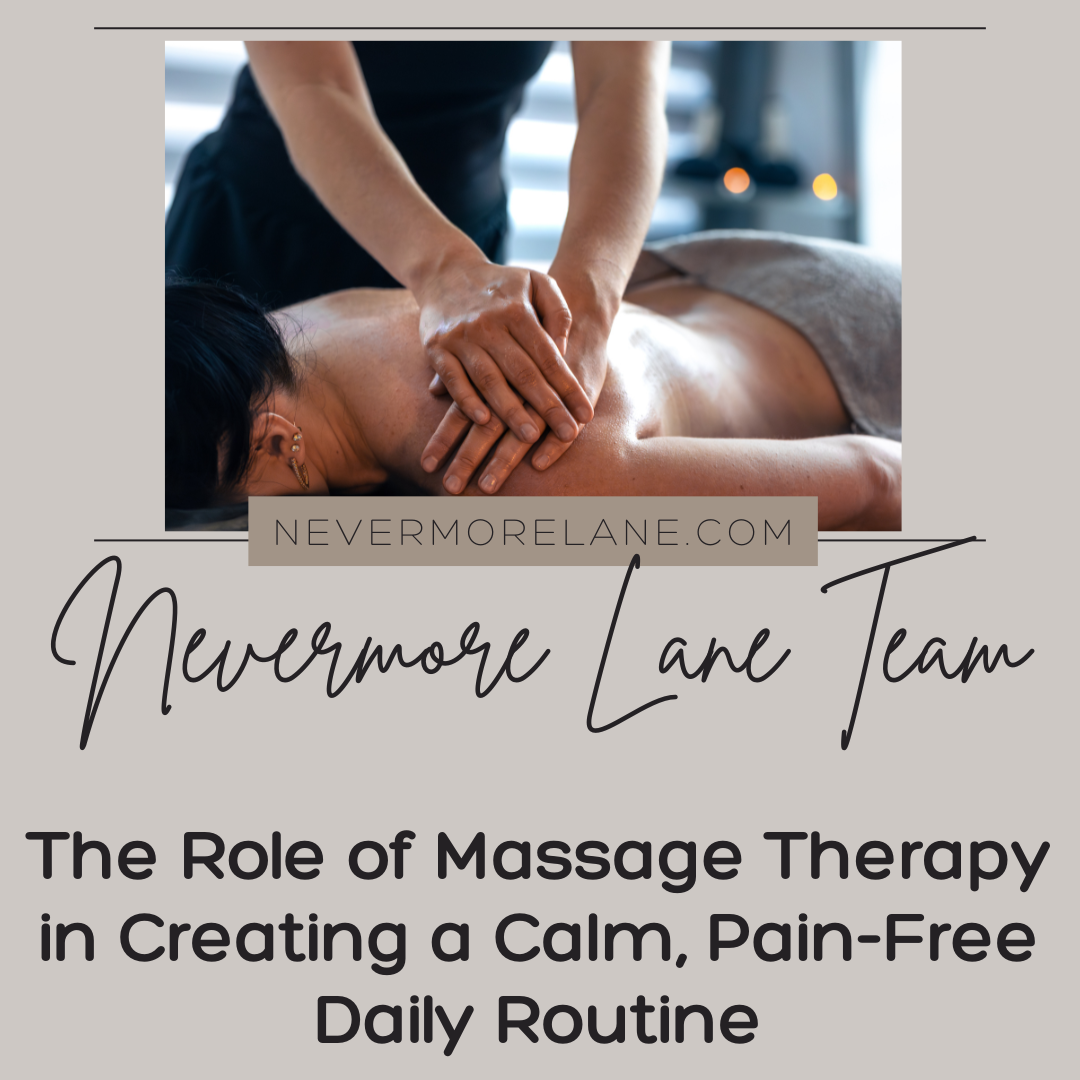How Hair Restoration Can Silently Boost Your Confidence
Hair loss often begins quietly. A few extra strands on the pillow. A thinning part. A receding hairline that seems more noticeable with each glance in the mirror. For many women and men, it becomes a subtle shift that gradually affects how they feel in social settings, at work, or even during moments of self-reflection.
One woman used to wear hats and scarves everywhere she went, not as a fashion statement but to cover patches that made her feel exposed. A man stopped joining group photos because he felt like he no longer recognized himself. Neither of them realized just how much hair loss had affected their confidence until they began exploring restoration.
Hair restoration is not about vanity. It is about reclaiming a sense of self. Whether through medical treatments, professional transplants, or natural methods that support regrowth, the transformation is often as emotional as it is physical. Restoring hair can lead to subtle but powerful changes in how someone carries themselves, speaks, and connects with others.
Confidence does not always return with a dramatic reveal. Sometimes, it comes quietly. A stronger gaze. A longer laugh. A new willingness to stand at the front of the photo instead of hiding in the back. For women and men alike, hair restoration can be a deeply personal step toward feeling whole, seen, and confident once again.
Why The Loss Happens
The causes vary, and they’re not always what you expect. One of the most common reasons is androgenetic alopecia—also known as pattern loss. This affects both men and women and often runs in families. It usually begins gradually and worsens over time.
But shedding isn’t just genetic. It can also be triggered by:
- Hormonal changes (like thyroid issues or menopause)
- Stress, illness, or post-surgery recovery
- Nutritional gaps or crash diets
- Certain medications
Even hairstyles that pull too tightly or chemical treatments can cause damage over time.
What Hair Restoration Includes
Today’s Hair Restoration Options are much more advanced than they used to be. Leading clinics now offer a range of treatments, some non-invasive, others surgical, designed to match your stage of loss and long-term goals.
Let’s look at the most commonly offered ones:
1. Surgical Options
These procedures work by relocating or reshaping existing hair for a fuller, natural look. Here are the most used techniques:
- FUE (Follicular Unit Extraction): The follicles are taken from the back or sides of your scalp and carefully placed in areas where thinning is showing. It’s precise, minimally invasive, and leaves no visible scarring.
- Hairline Advancement Surgery: This procedure lowers a naturally high hairline or balances an uneven one. It’s especially common among women and focuses on reshaping the line for a softer, natural frame to the face.
2. Non-Surgical Options
These therapies often support surgical treatments or can be used on their own to slow loss and improve scalp conditions. They typically include:
- Hormone Optimization: Hormones like thyroid and testosterone affect hair growth. Balancing them can reduce shedding and support stronger regrowth.
- Nutritional Guidance: Missing key nutrients can weaken your tresses from the inside. Some clinics offer diet support or testing to fill those gaps.
Don’t worry, you’re not expected to figure it out alone. Trained professionals will first evaluate your hair, scalp, and overall health. Based on that, they’ll build a plan that fits you best. It might be one treatment or a mix. The best part? Most clinics now offer website chat features so you can ask questions and get guidance right from your couch.
The Subtle Yet Powerful Confidence Boost
Restoration doesn’t just change your appearance; it affects how you feel, think, and interact with the world around you. For many, the emotional shift is even more noticeable than the physical one.
Let’s break down what that confidence boost really looks like.
You Start Feeling Like “You” Again
After starting treatment, many people describe feeling more at ease, even before the tresses grow back fully. Why? Because taking action itself builds confidence. You’ve stopped watching the mirror with worry. You’ve started doing something about it.
This emotional shift can be subtle, but it’s powerful. You stand a little straighter. You stop dodging group photos. You feel seen again.
Everyday Interactions Feel Different
When your appearance aligns with how you feel inside, everyday moments feel easier. Whether it’s speaking in a meeting, going on a date, or running into someone unexpectedly, there’s less second-guessing.
You may notice you’re no longer adjusting your hairstyle before every call or worrying about how your scalp looks under harsh lighting. These little mental breaks add up. They free your mind to focus on life, not your tresses.
You Regain Control Over Your Image
The loss can make you feel like you’re losing control. Restoration helps shift that dynamic. It gives you back a sense of agency.
And the best part? The results come in gradually. That slow, steady change often feels more natural—and more lasting. You’re not becoming someone new. You’re just returning to a version of yourself that felt more sure, more grounded, more visible.
Restoring More Than Just Hair
Hair restoration is often about much more than appearance. It is a step toward feeling comfortable in your own skin again. For both women and men, regaining a fuller head of hair can restore a sense of control, ease self-conscious thoughts, and bring back a version of themselves that once felt lost. These changes are quiet but powerful, influencing daily life in meaningful ways.
When approached with care and the right guidance, hair restoration can feel less like a procedure and more like a renewal. It may begin with small changes, but over time, the emotional impact becomes undeniable. Increased confidence can lead to stronger relationships, better performance at work, and a deeper sense of personal peace.
Everyone deserves to feel seen and confident in their own way. Whether the hair loss has been gradual or sudden, taking steps to address it can become part of a healing journey. By restoring what was lost, many find they are also reconnecting with who they truly are.






